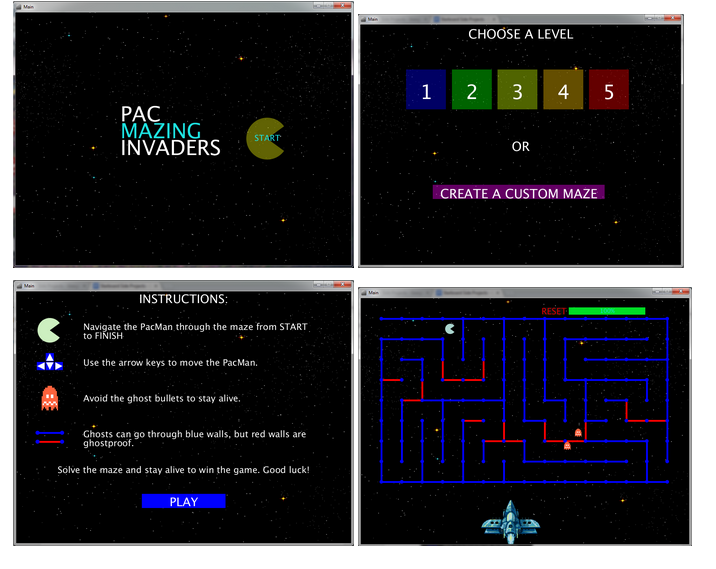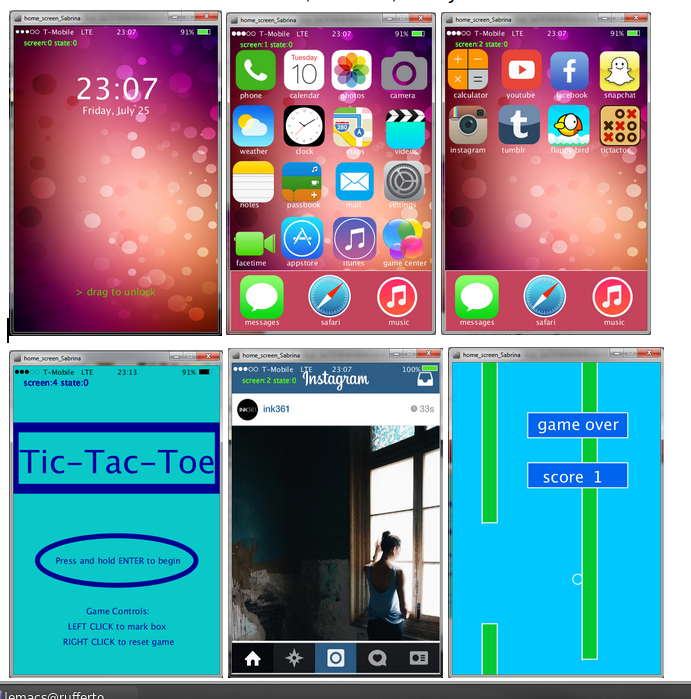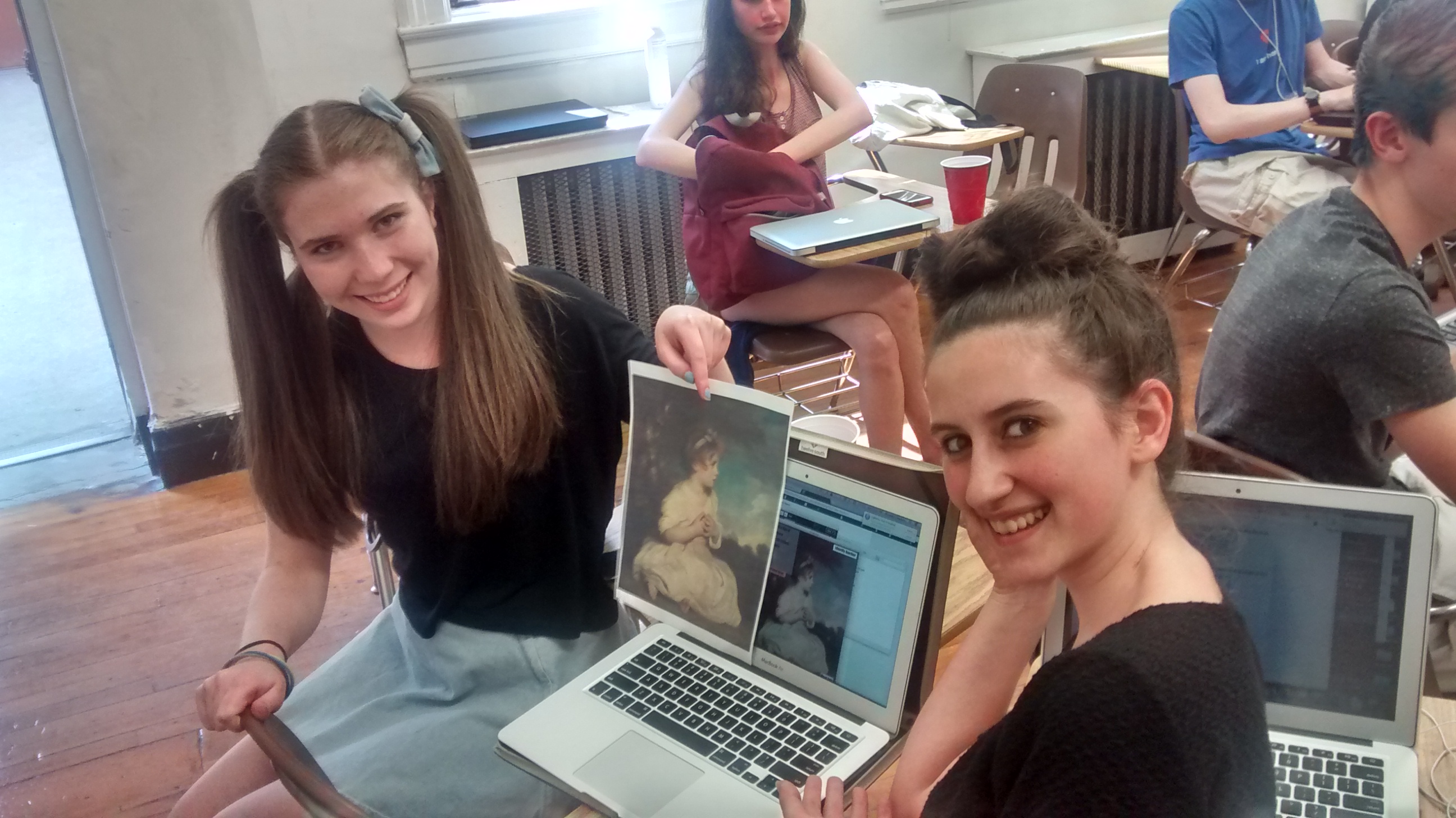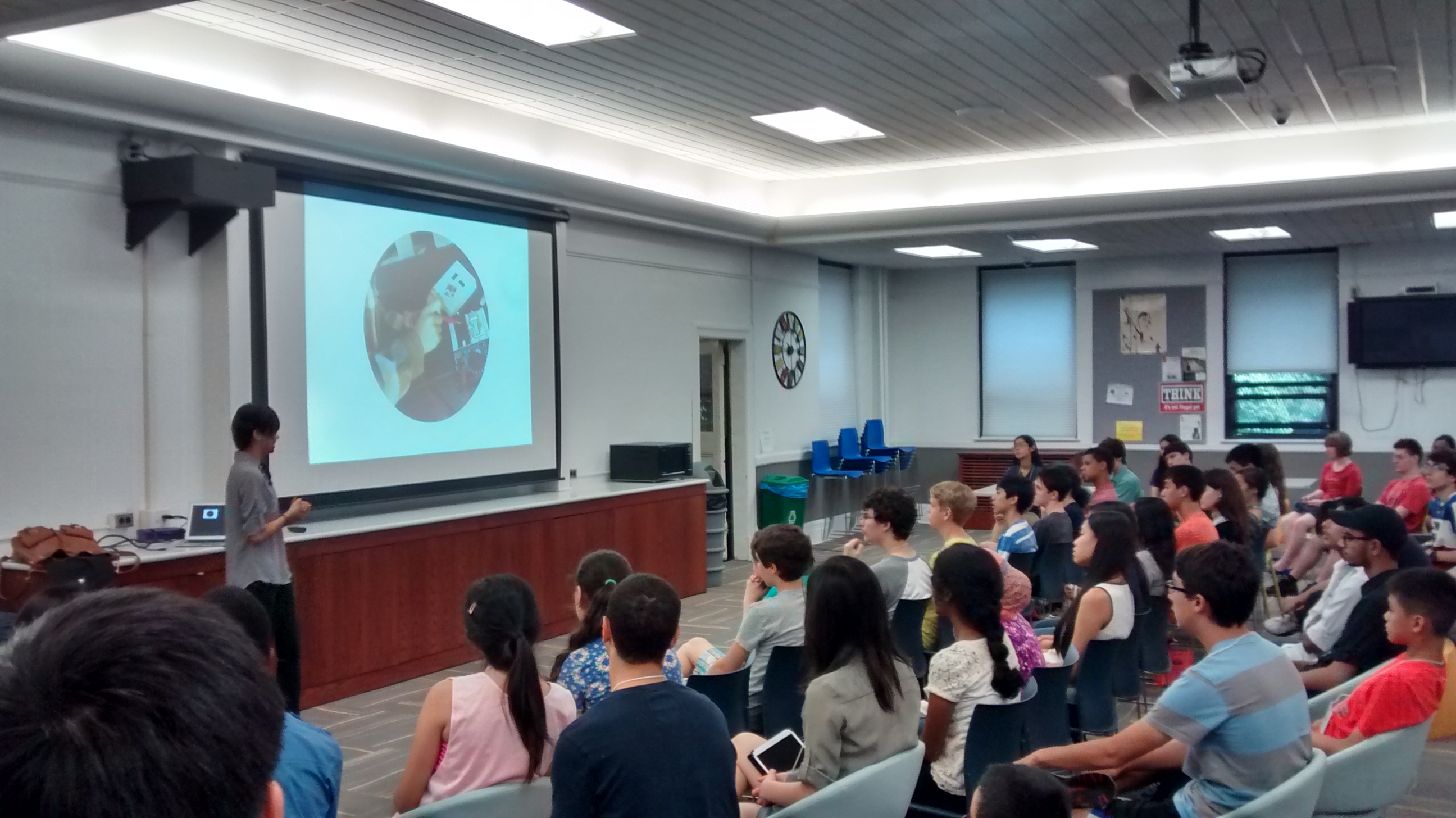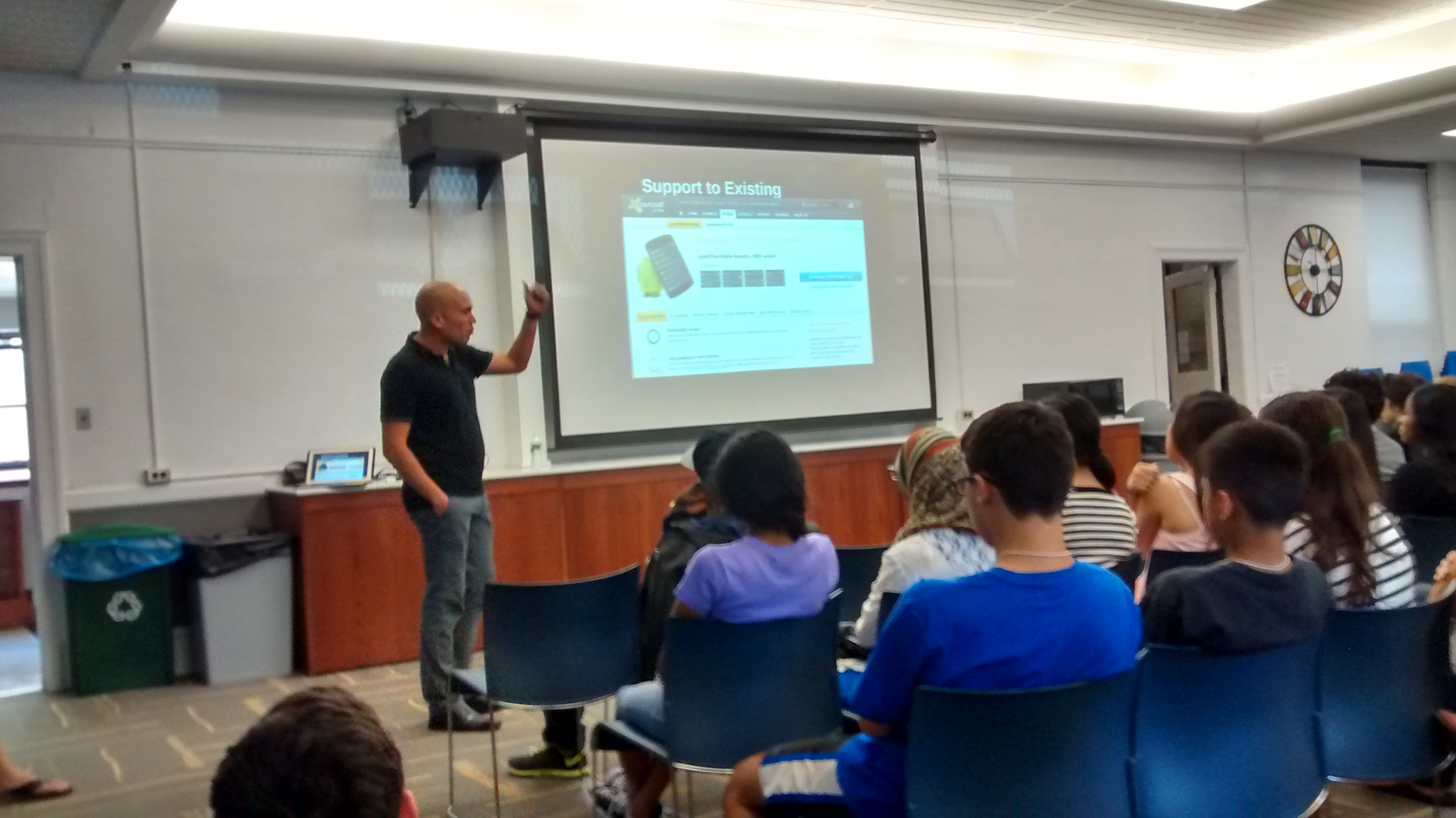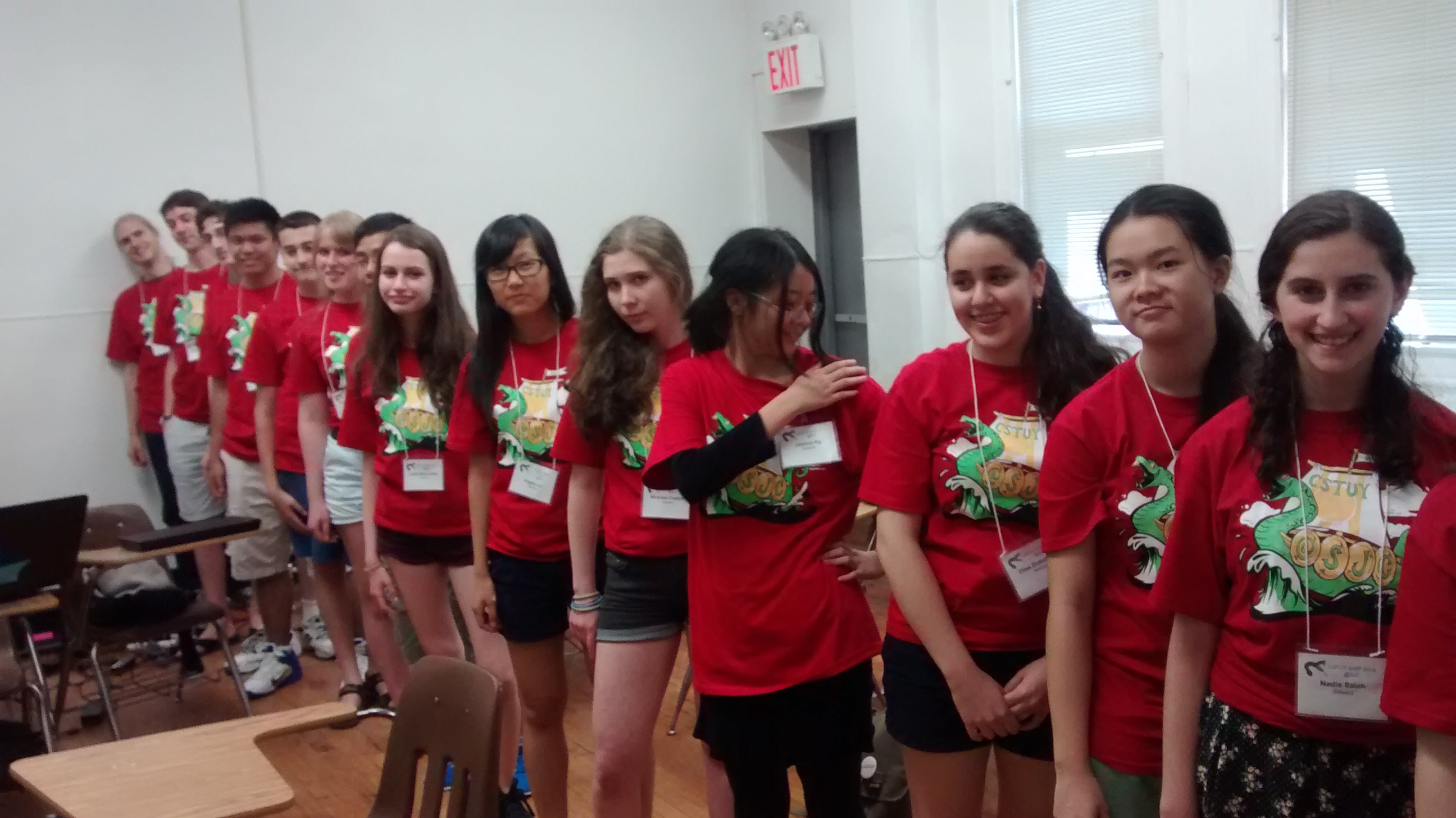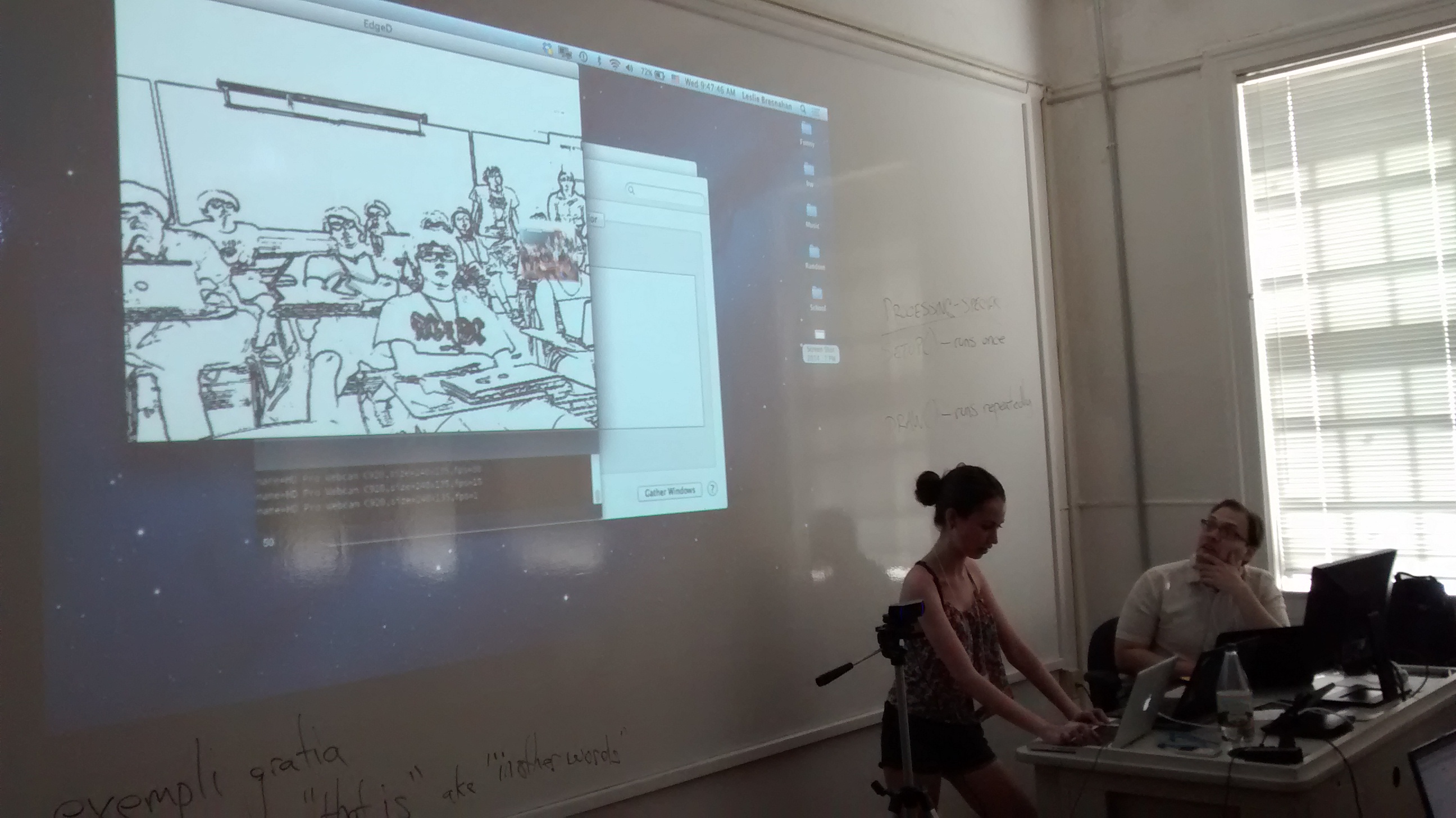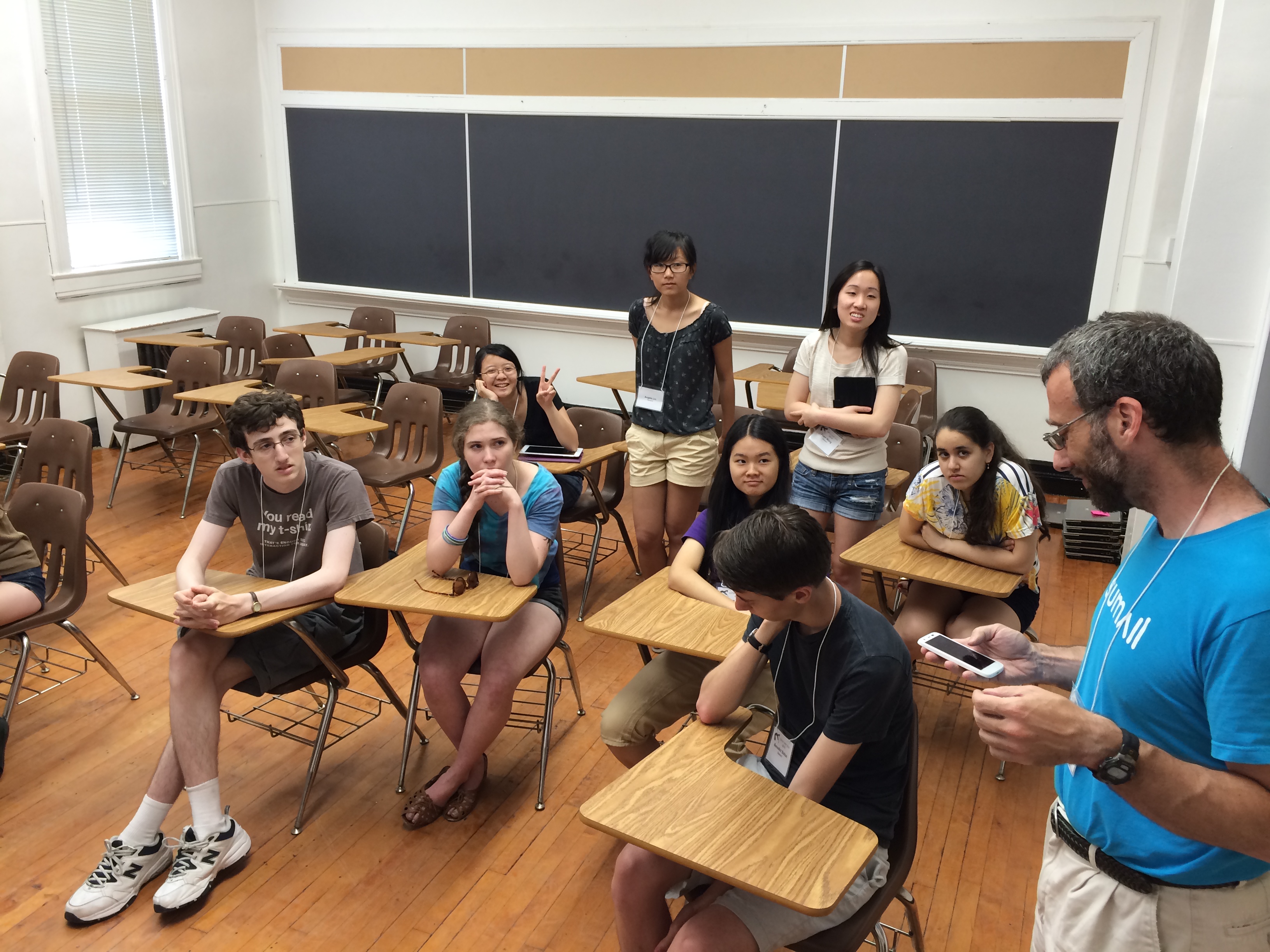Building a SHIP - Our partner - St. Joseph's College
From the day we filed the paperwork to create CSTUY, we knew we wanted to run a summer program. In fact, we started looking for a space during the 2012/2013 school year. We were hoping to run SHIP for the first time in the summer of 2013 but we all knew it wasn't really a realistic goal.
Our original plans required at least one classroom sized space, and up to three for full days for a month. We figured this would be a hard sell for a tech company, after all, what company is going to take a room, let alone three, off line for half the summer.
So, we turned to institutions of higher learning. I started talking to friends at a CS program in one of our city's colleges. They loved the idea of hosting a CSTUY program. Problem was that once the plans went up through the college channels, the administrative side wasn't as hot to host us. While the CS people really wanted us, the administrative side was perfectly willing to give us space as long as we paid an amount that really was much more than we could afford. To be honest, this really irritated me. Here we have a supposedly non-profit college that's supposed to support the community and the public good nickle and diming another non profit that really is trying to do some good.
We ended up speaking to a number of educational institutions across the city and the situation was the same. Sure you can have space. Here are our rates…..
Now, you might wonder, why not just use high school space? Because it was important to be hosted at what should be the "next level" for the participants.
In the mean time, I met Bill McAllister, CS Professor at St. Joseph's College on Long Island. He hosts a terrific annual high school programming competition. Bill referred me to David Seppala-Holtzman the Math and CS Chair at the Brooklyn Campus.
David and I clicked and one thing led to another and in the end, having overlapping visions and goals, St. Joseph's College in Brooklyn decided to host us.
I couldn't ask for a better partner. They provided us with all the facilities we needed from rooms for the classes, to lounge space, to access to the cafeteria (and got us a great rate on food to boot).
The whole St. Joseph's family made everything so easy for us. At one point one of our instructors commented "wow, this is such a friendly campus."
Without the help and support of St. Joseph's college, SHIP doesn't happen. It was a great partnership and we're looking forward to working together on SHIP 2.0 next year.
